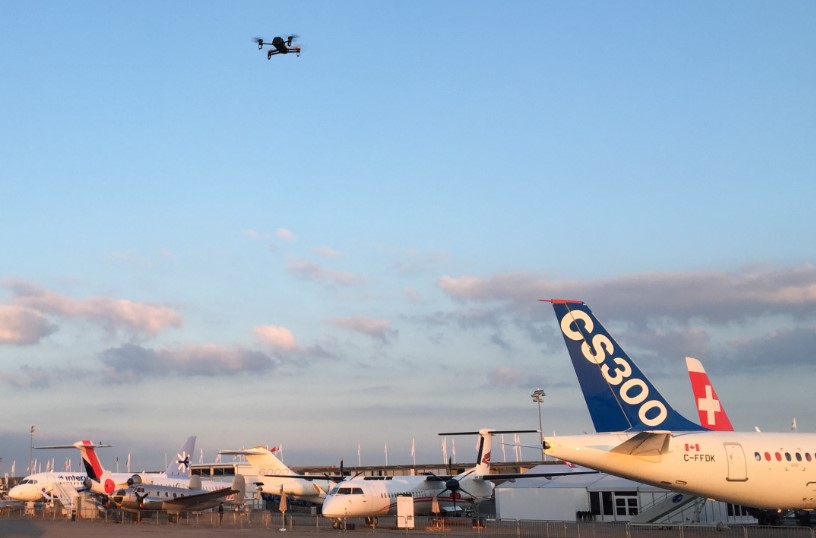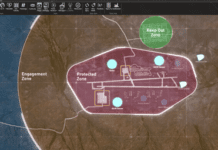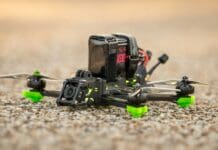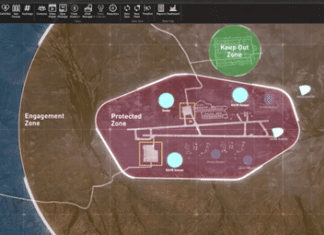This post is also available in:
 עברית (Hebrew)
עברית (Hebrew)
In the past, airports have been susceptible to various types of attacks. However, with increased security measures and advances in technology, the rate at which airports and infrastructure encounter attacks has decreased a considerable amount. It is imperative that airports maintain the public’s safety for the sake of many people’s lives.
Improvements in technology around the world coincidentally create an expansion of methods of attack at airports and civilian infrastructure. One relatively new approach for aggressors is utilizing drones in the vicinity of airports. A recent drone incident at London Gatwick Airport in December 2018 affected about 1,000 flights. It leads to the airport temporary closing and later – to the development of the AirGuard and AirShield counter-drone systems; these systems are based on the Counter-Unmanned Aerial System (C-UAS) AUDS.
“AirGuard is intended to protect the airport perimeter and AirShield will monitor the flightpath, with both systems configured to the requirements and security level of each installation,” according to airport-technology.com. These two systems offer protection up to 10km away from the runway, although it is illegal to fly a drone within just 1km of an airport boundary.
With both systems up and running, airports will be completely observant to the potential existence of UAVs. The AirGuard system itself automatically exposes the presence of airborne objects with numerous sensors, warning the operator. It also allows the operators to provide necessary security agencies with accurate information, including recorded video evidence for future prosecution purposes, whilst minimising potential disruption from false alarms, as stated in unmannedairspace.info. AirGuard can either be a fixed installation or directly attached to a vehicle.
AirShield on the other hand, provides protection against UAV by initially detecting it and then alerting the threat to air traffic control (ATC) where a solution is implemented. In order to track and classify the vehicles in a smooth and proper fashion, the system uses multi-spectrum electro-optical video capability. This will indicate the location, velocity, and data of the UAV to the ATC until it is no longer perceived as a threat to an aircraft.
The company that is behind the development of the AirGuard and Airshield counter-drone systems is Chess Dynamics (British integrated systems and technologies company).


























